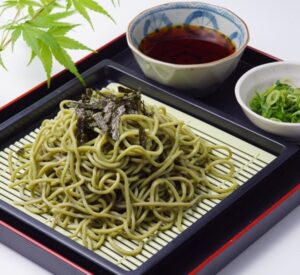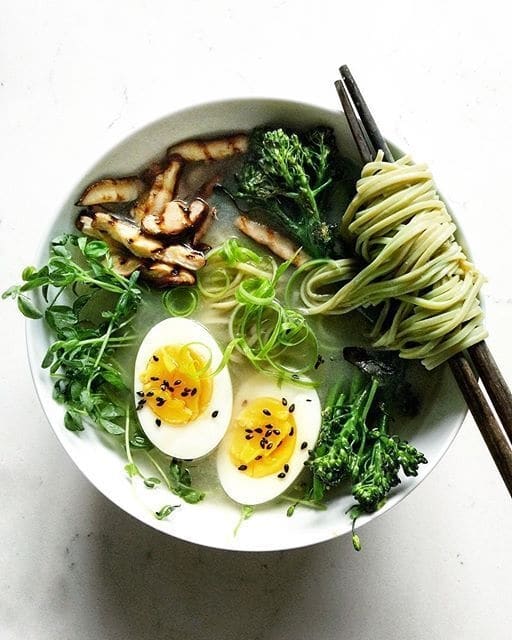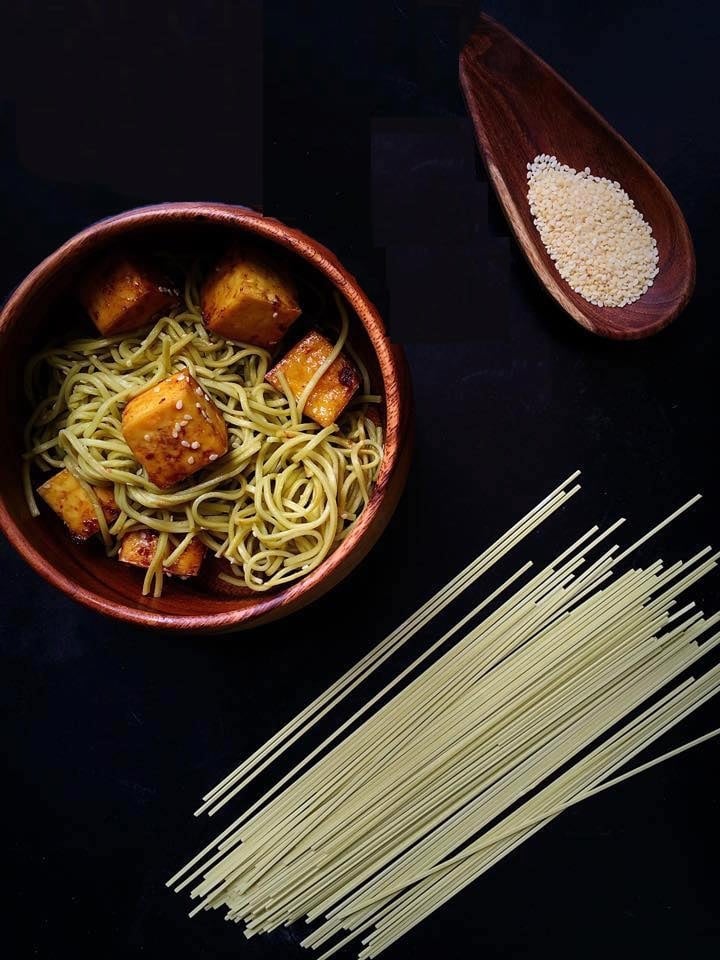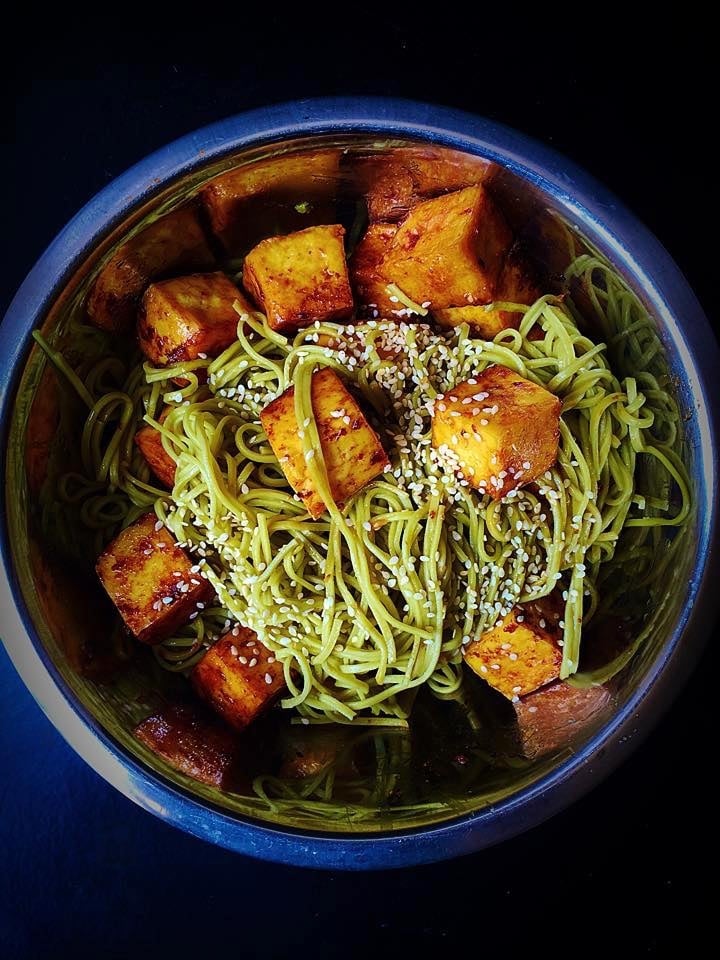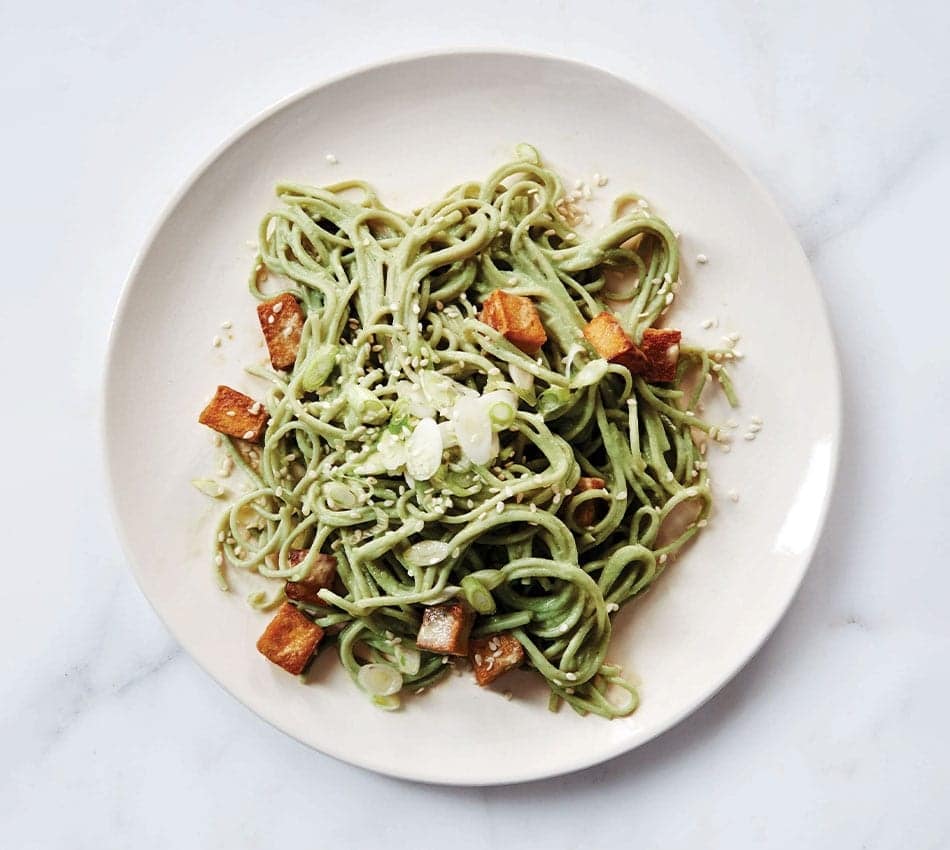It is said that green tea was discovered by Emperor Shen Nong, a scholar and herbalist who was very clean. He drank only boiled water. One day, while Shen Nong was resting under a tea tree in the forest and was boiling water, the wind blew the branches, causing the tea leaves to fall into the nearly boiling water. When he tried drinking it, he felt very invigorated. Green tea was gradually developed. Villagers also began to grow and develop tea, adding spices or flowers to create a different aroma and flavor. All tea grown in China is green tea. The production process involves combining tea leaves, steaming them, and drying them. These leaves do not store well, lose their aroma easily, and their taste is not good. In the 17th century, there was trade with Europeans. In order to preserve the quality of tea for a longer time, fermentation was carried out and drying them, which is the origin of oolong tea and black tea in China.

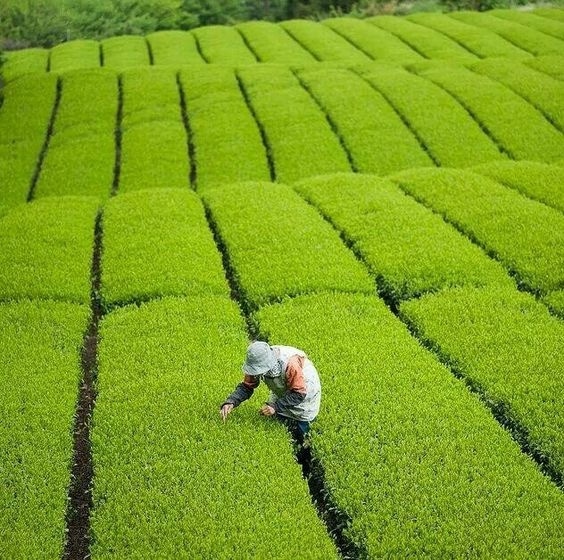
The introduction of tea to Japan began around the beginning of the Heian period. At that time, China and Japan had already established some contacts regarding Buddhism and culture. Japanese monks traveled as ambassadors to learn about various matters from China, including the study of Chinese herbal medicines. Thus, Chinese tea was first introduced to Japan by monks. It began with a monk from Aichi Prefecture who brought compressed tea (which had to be ground on a stone before being added to hot water to be drunk) and a small amount of tea beans to Japan. When the emperor visited the monks at his temple, the monks brewed a cup of tea and presented it to him. The emperor was so impressed by the taste that he ordered the tea beans to be planted in an herb garden within the imperial palace. Tea spread to the Kinki region (Kyoto), but its popularity remained limited to the upper classes.
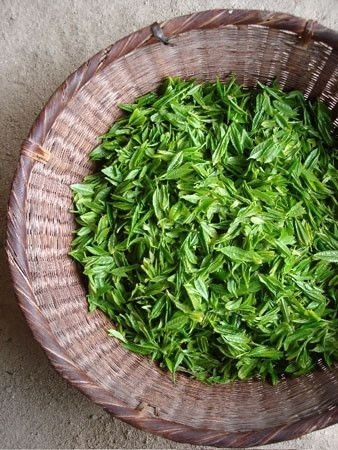
Later, in the early Kamakura period, Zen Buddhist monks brought back a large number of tea beans from China, along with the tea production process. The production method involved grinding the tea leaves in a stone mortar that generated minimal heat to preserve the unique flavor and aroma. This resulted in a fine powder, similar to flour, or what we call matcha powder . Making matcha powder takes a long time to produce a certain amount of tea powder, so the price is higher than other types of green tea. It also has a rather special brewing method, requiring a tea whisk to beat the leaves to dissolve them first.
At that time, tea cultivation was widely promoted for its medicinal use. In one of his books, he wrote, ” Tea is the foundation of the mind and the best medical tool, making life more fulfilling and complete.” Then, research began on tea’s properties, including its ability to quench thirst, improve digestion, and detoxify by eliminating toxins through urine.
During the Shogunate’s reign, Minamoto Sanemoto, suffering from heavy drinking, tried tea and his condition eventually disappeared. Later, monks began traveling to spread knowledge about tea throughout Japan, and tea became part of certain rituals and used for medicinal purposes.
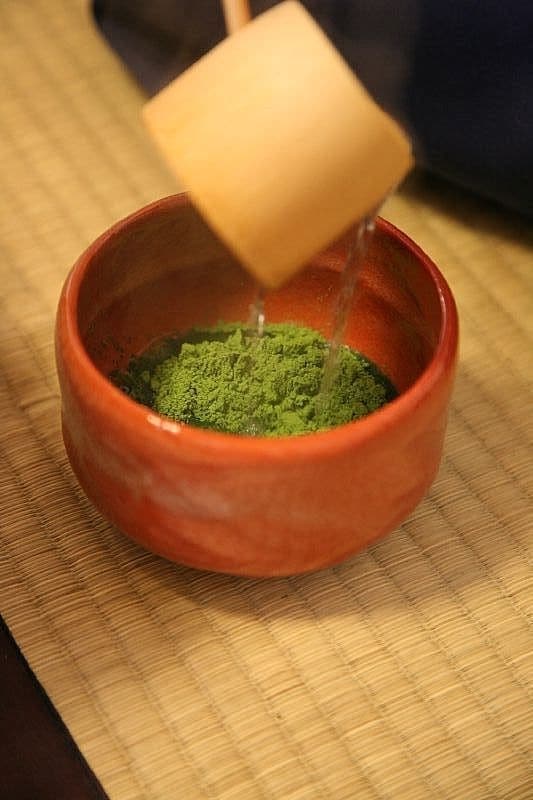
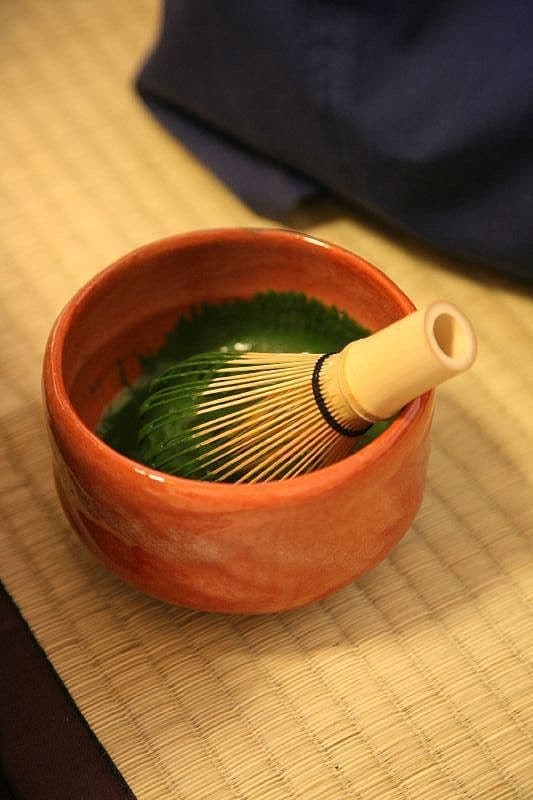
During the Muromachi period, the traditional Japanese tea ceremony, known as Chanoyu, began to be practiced. During this era, tea ceremony began to incorporate ideas, spirituality, and natural artistic creations. Detailed information began to be applied to the vessels used in the tea ceremony, as well as the serving of green tea in restaurants.
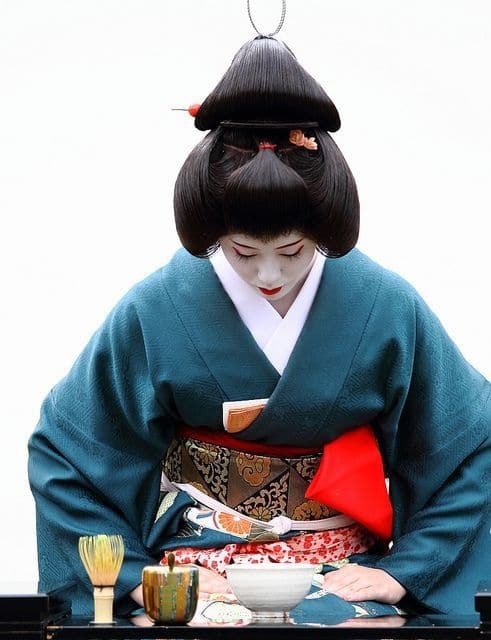
Drinking tea with the simple, focused mind of Zen allows the mind to develop completely. Priests therefore designed a small tea room to support the Zen ideals of tea ceremonies. This led to the emergence of the traditional Japanese tea ceremony as we know it today. Although the tea ceremony and tea drinking began to extend to the lower classes during the Edo period, the best tea harvests of the year were first handed down to the samurai class. The tea that the commoners drank was harvested later, and thus of lower quality. Later, as the tradition spread and social class divisions eased, the tea ceremony tradition has remained widespread to this day. In addition to training in meditation, the tea ceremony helps to calm the mind and allow one to be more present and inner-worldly. Some Japanese schools even teach the tea ceremony to Japanese children.
Source
http://fineartamerica.com/featured/oolong-tea-bud-jung-pang-wu.html
https://moyamatcha.com/en/moya-matcha/history-of-matcha/#
http://d.hatena.ne.jp/keibunsha2/20110508
https://www.pinterest.com/pin/339951471845392656/
https://www.flickr.com/photos/aligatorpics/6240407574/in/photostream/
http://japan-web-magazine.com/japanese-tea/japan-japanese-tea-ceremony0.html
https://traditional-japan.tumblr.com/image/153431720372
shorturl.at/brstQ
Article from: Fuwafuwa

